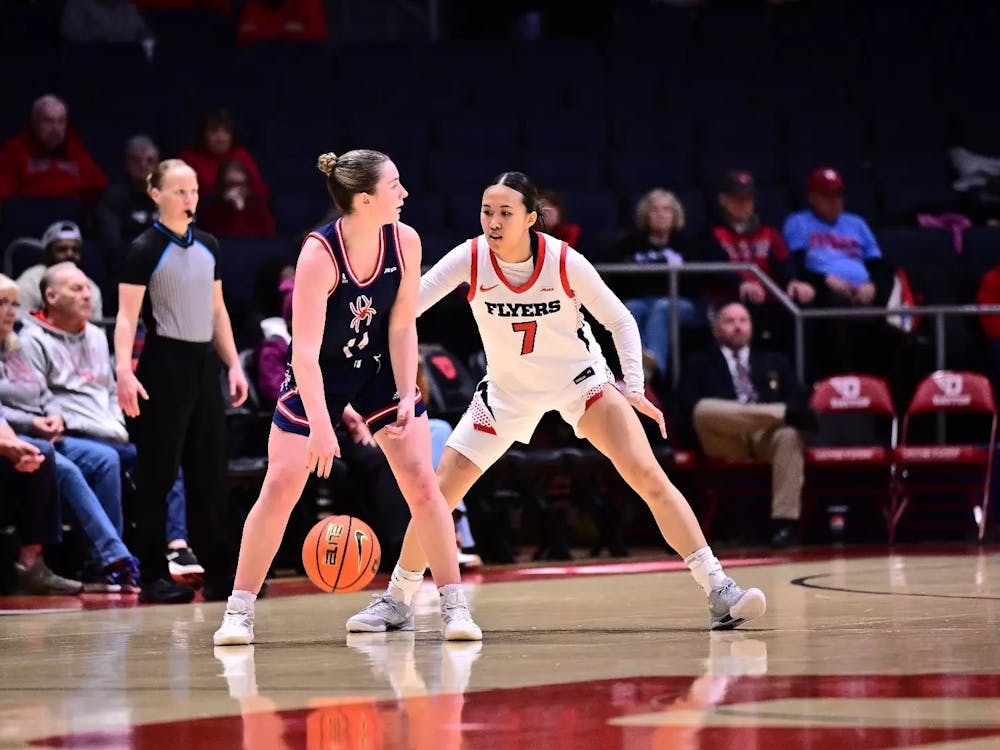University of Richmond is keeping up with technology in its latest program, the iPad initiative.
This fall, three Richmond faculty members will use Apple's latest invention, the iPad 2, in their classrooms as learning aids. Anthropology professor Jan Hoffman French designed her 200 level ethnographic field method's course around the iPad 2.
"This is an experiment to see if technology enhances the learning experience," French said.
The iPads will be used for a library project in which students will study the relationship between spaces, people and the services of the library, French said. French said she anticipated students using the applications on the iPad, which would assist them in taking notes in interviews, reporting, recording audio, taking pictures and drawing.
The Center for Teaching, Learning, and Technology has gone through several device changes since the mobile device initiative began in 2006, said Fred Hagemeister, coordinator of academic technology services at the CTLT. The initiative began with the iPod, he said.
"The school acquired 50 iPad 2s this past summer," Hagemeister said. "We knew we would be getting them, so we did a late spring call for proposals from faculty."
Initially, the CTLT targeted one first-year seminar course, but by the summer the CTLT was able to support two FYS classes and one anthropology course, Hagemeister said. Other courses that will be using iPad 2 for the semester include, Ted Bunn's FYS course and Tom Shields' citizenship and education course, he said.
According to the Learning @ Richmond article published in August 2011, Bunn's course, which focuses on understanding the apparent motions and changes in the night sky, requires students to observe difficult theoretical explanations that are geometrically complicated. With access to the iPad2, students will have the advantage of using the astronomy application and other visualization software to help students in their nighttime observations, Hagemeister said.
Students in Shields' course will use the iPad2 as a research tool during field trips to local schools. The iPad 2 allows students to take pictures and record video, which will be compiled into a digital story and handed in at the end of the semester, Shields said. Shields said that he hoped the iPad 2s would bring more discussion to the classroom and that technology would help students think through ideas because of the easy access to information on iPad applications.
"I think there is a good pedagogical teaching component having students interact with each other and interact with the technology in ways that laptops don't allow for," Shields said. "I didn't have students purchase any books. Rather, I instructed students to read books using the Kindle application on the iPad 2."
Hagemeister said in regard to budget for the iPad 2s, there was none. The budget comes from Information Services and it has been able to use some funds, which Information Services had saved to purchase the iPad2s, he said.
Matthew Trevett-Smith, liaison at the CTLT, assisted French's course with setting up the iPad 2. Trevett-Smith said he had put together a PowerPoint slideshow, which walked students through the general functions of the iPad 2, explained how to download applications and set up student email accounts.
Enjoy what you're reading?
Signup for our newsletter
Trevett-Smith said that his one concern was that as students started to adapt to the iPad, they would become reliant on it.
"I am dreading that last week of class when I have to show up to collect the iPad's," Trevett-Smith said. "I was father Christmas to show up with the iPads."
French said she had used the iPod with her students a couple of years ago to compare music that student's parents listened to with their own musical interests.
"I think the iPad is more versatile and will be more useful," French said. "I really have great hopes that it is going to be a good experience."
Senior Christine Cassaro said that when French had emailed her over the summer she was really excited and that her mom was jealous.
"They told us we could use it for all of our classes, which is really nice," Cassaro said. "I'm going to have to ask my dad to buy me one when they take them away."
French said when she had originally sent in her proposal to the CTLT she had requested the iPod touch. However, Hagemeister came to her and told her the iPad 2 would be available and more useful to her students, she said.
"We get the proposals from the faculty and we look at the unique benefits of the devices," Hagemeister said. "We ask what the practicality is of using the devices in the course."
Hagemeister said iPads were on the horizon and he was looking forward to learning the challenges of using it in class. An important question to learn is how the iPads play a role in the classroom and if they improve student learning, he said.
"I don't expect that one particular technology is going to be important on campus, based on teaching style and different students in the course," Hagemeister said.
Contact writer Rachael Specter at rachael.specter@richmond.edu
Support independent student media
You can make a tax-deductible donation by clicking the button below, which takes you to our secure PayPal account. The page is set up to receive contributions in whatever amount you designate. We look forward to using the money we raise to further our mission of providing honest and accurate information to students, faculty, staff, alumni and others in the general public.
Donate Now


